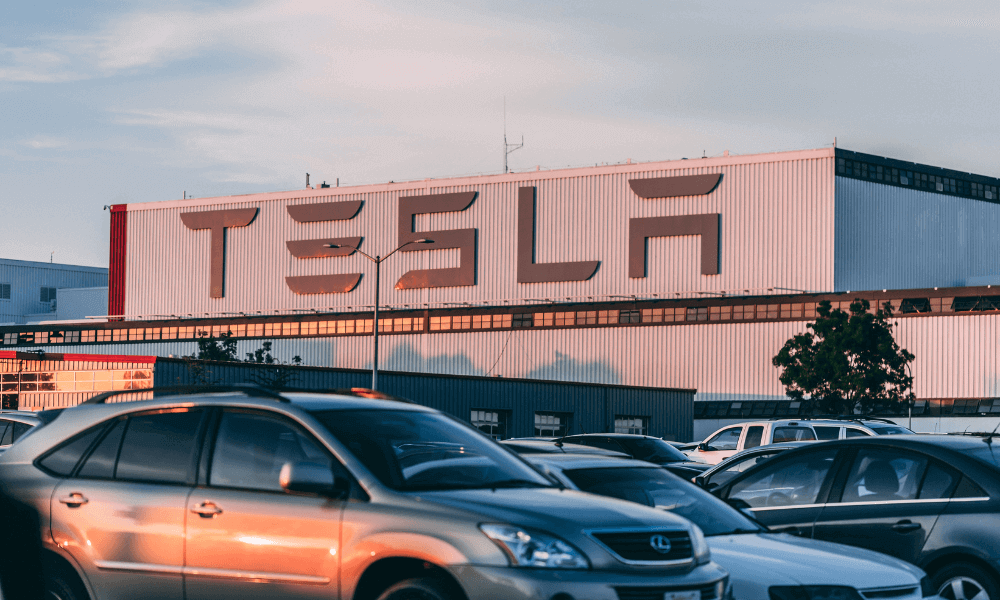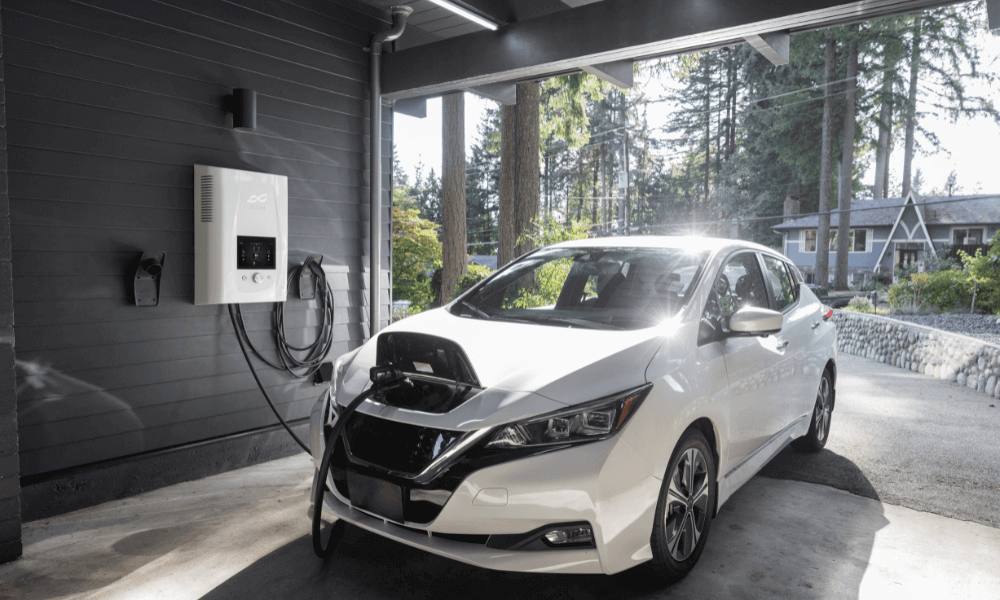As the world’s fourth-largest producer of auto parts, Mexico’s EV industry has long been a bedrock for the US, accounting for about 3 million cars per year. The auto industry has harkened to a global shift to electric vehicles. Mexico had to rethink their stance of considering that the EV transition was 15-to-20 years away to realize it was an imminent reality.
“The direction is clear – look at the fast pace of the EV transition in the last three years.”
The market forces that accelerated this shift in EV production in Mexico was the European Union banning sales of new non-electric cars from 2035 and the US administration pushing for two-thirds of novel car sales in the country to be electric by 2032.
Another important investment driver is the USMCA free trade agreement, mainly because companies clinched to deprive their reliance on China after the semiconductor shortage during the pandemic.
“The USMCA agreement forces car assemblers to buy regionally.”
The agreement’s rules of origin have been amended to create an opportunity for Mexican suppliers.
But the question plaguing the minds of auto industry analysts is whether Mexico will remain pigeonholed as the manufacturing hub for the US auto industry or whether it will foster innovation by developing its own technologies.
EV Production In Mexico: Tesla Arrives In Monterrey
Mexico’s EV industry is girding up its loins to play a precocious role in the world’s digression towards electromobility. Automaker giants including General Motors, Stellantis, Kia, BMW, and Ford are pumped up to increase their electric vehicle production in Mexico as the country pitches upon Tesla’s new Gigafactory.
The rumors of the northeastern Mexican city, Monterrey hosting Tesla’s Gigafactory made rounds in December and the automaker cashed upon the hype. Other automakers that revealed lofty plans for Mexico’s EV industry were General Motors for its 2024 EVs and BMW’s $886 million for its electric vehicle production.

Tesla’s new factory in Mexico is the Elon Musk-led company’s largest plant to date, beyond any shadow of a doubt. And of course, where Musk is involved, drama is not too far behind.
Mexican President Andrés Manuel López Obrador had cited his dissent of the location of Tesla’s new factory. The cosmopolitan city of Monterrey, home to 5.2 million people, had braved one of its worst water emergencies recently. The government argued that the Tesla plant should move to another central or southern state which was not bereaved by drought or water scarcity issues, going as far as to state that Tesla wouldn’t be granted the permits to set up shop in Monterrey.
So why is Monterrey still Musk’s choice for Tesla’s new factory in Mexico?
Mexico’s EV Industry: Nuevo León Beams Brightest
The investment in the industrial powerhouse of Mexico, Nuevo León has been accelerating at a velocity that shows no signs of slowing. Monterrey is the capital of this northern state of Mexico, Nuevo León, which is home to numerous foreign outposts of multinational conglomerates.
Buy a Lego set anywhere in the US – the probability of it having apparated from Mexico’s Monterrey is blatant.
In addition to cement, glass, aluminum, steel and other industries, Nuevo León is the third-largest producer of prominent parts of the auto industry. Long before Tesla, South Korea’s second-largest automaker, KIA Motors obsequiously established a factory in Pesqueria, a suburb in Monterrey and earned the name of ‘Peskorea’ for its significant impact on the community.
“The EV transition has opened the doors to a lot of commercial opportunities for entrepreneurs. It can help Mexico’s climate and sustainability goals, tap into business opportunities, and create a circular economy.”
Monterrey flaunts a strong abode of universities which believe that students can’t be expected to learn within the four walls of a classroom but rather from the real-life industry challenges from entrepreneurs. Most schools have foregone conventional educational teachings and paved the path for challenge-based models where classes pair up with companies to solve real-world industry problems.
Professor Mariano Garcia of Universidad Nacional Autónoma de México has labeled Nuevo León as the electromobility hub with Tesla’s new factory investment, concluding that the state will be the biggest producer of electric cars with Kia Motors, Tesla, and Navistar’s electric trucks.
Garcia’s goal is to prepare engineers to innovate to lead projects rather than becoming menial chattel to the growing EV industry in Mexico.
“Rather than preparing engineers to bring technology from China or Europe to just assemble in Mexico, we want them to know how to make a motor, battery and other projects that bring them closer to developing the technology.”
The country’s talent is a boundless treasure to the auto industry but it is not the only factor that will pivot the transition of EV production in Mexico.
Why Tesla’s Investment Can Alter The Landscape Of Mexico’s EV Industry
The perks of Tesla’s new factory in Mexico transcend the EV industry. Tesla’s Monterrey factory is expected to entail a $5 billion investment with employment opportunities for over 6,000 workers. The supply chain through EV production in Mexico trickles down tech companies like Foxconn, Pegatron, and Compal Electronics (all Tesla suppliers), who are touting investment in the country.

Additionally, if Tesla wins at allying with Monterrey’s universities and the government, the STEM programs and energy generation sector could be strengthened in numbers. A lab of one of the universities researches batteries, energy storage and charger technology while another heeds to software for autonomous vehicles.
“Tesla’s investment in its gigafactory in Mexico is so big that it will align universities, the government, and industries to meet the automakers’ quality and talent needs.”
Whether Tesla becomes an incubator in a domino effect to tech startups or will innovation be sought after rather than just assembling cars to lower labor costs – Tesla’s impact on Mexico’s EV industry will depend on that.
Bigger Dreams To Fulfill: Mexico’s Plans For The EV Transition
The premise of Tesla’s new factory in Monterrey is to be a car assembly plant and not a research development center or a battery plant, while Mexico clearly wishes to temper its EV production in that direction.
The country’s northern state of Sonora is harbingering for producing EV batteries, generating solar power, and commencing lithium development under the project, “Plan Sonora” for its renewable energy objectives.
Another pivotal role in guaranteeing incentives, infrastructure and capabilities of energy, attributes to policies for EV producers and users. The pace of Mexico’s EV adoption is extremely slow as electric vehicles are tuning out expensive for the average buyer. The US sold 807,180 EVs in 2022 in stark contrast to a mere 6,000 in Mexico while there are 150,000 charging stations in the US, compared to 3,000 in Mexico.
But Mexico has taken the wheel to steer towards its road map to electrification. The Mexican government declared that 50 percent of all vehicles produced in Mexico will bear the tag of zero-emission, by 2030 – a big swell from its present predicament of 5 percent. It’s just not clear whether the country will design a whole new industry, produce EVs or incentivize imports.






